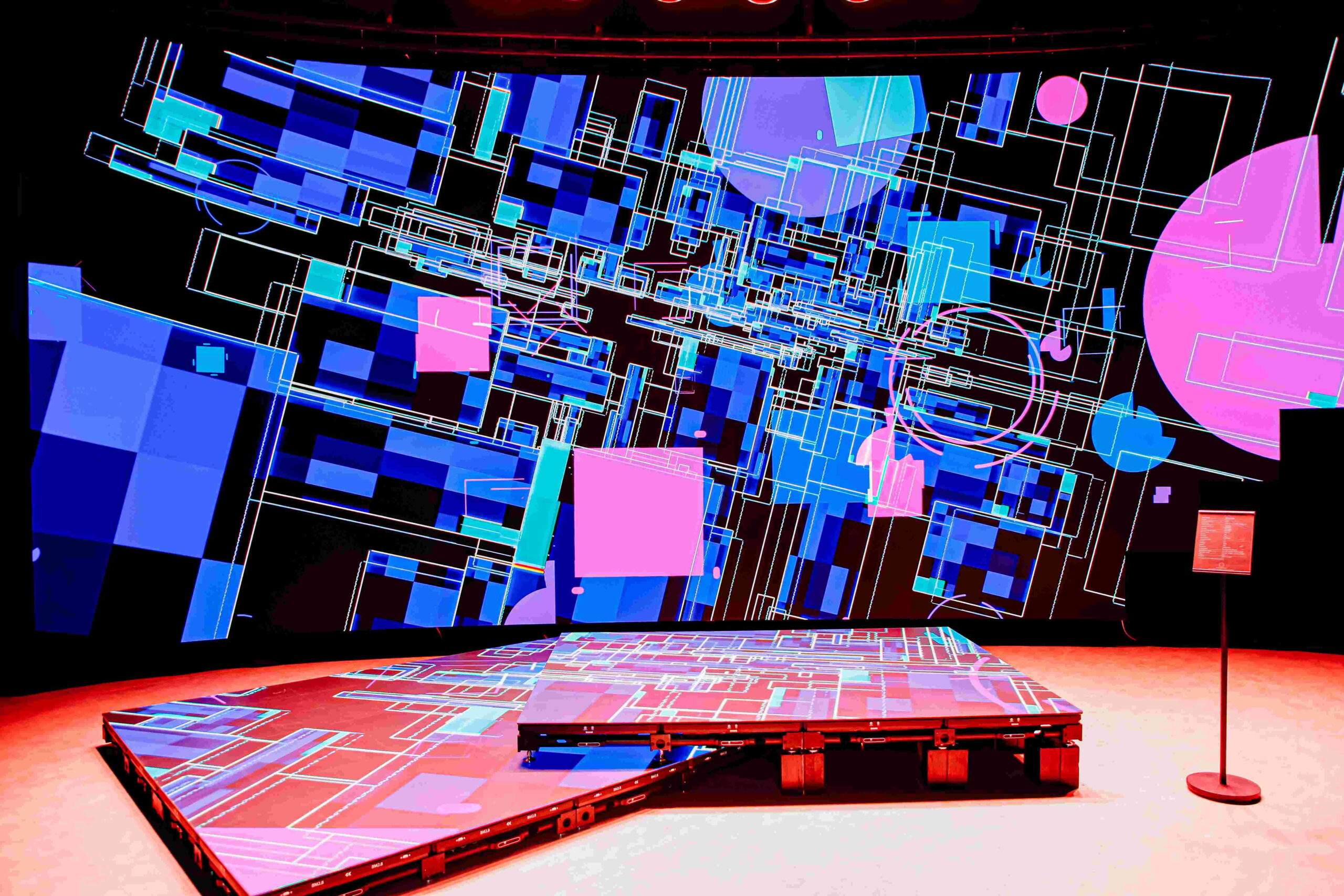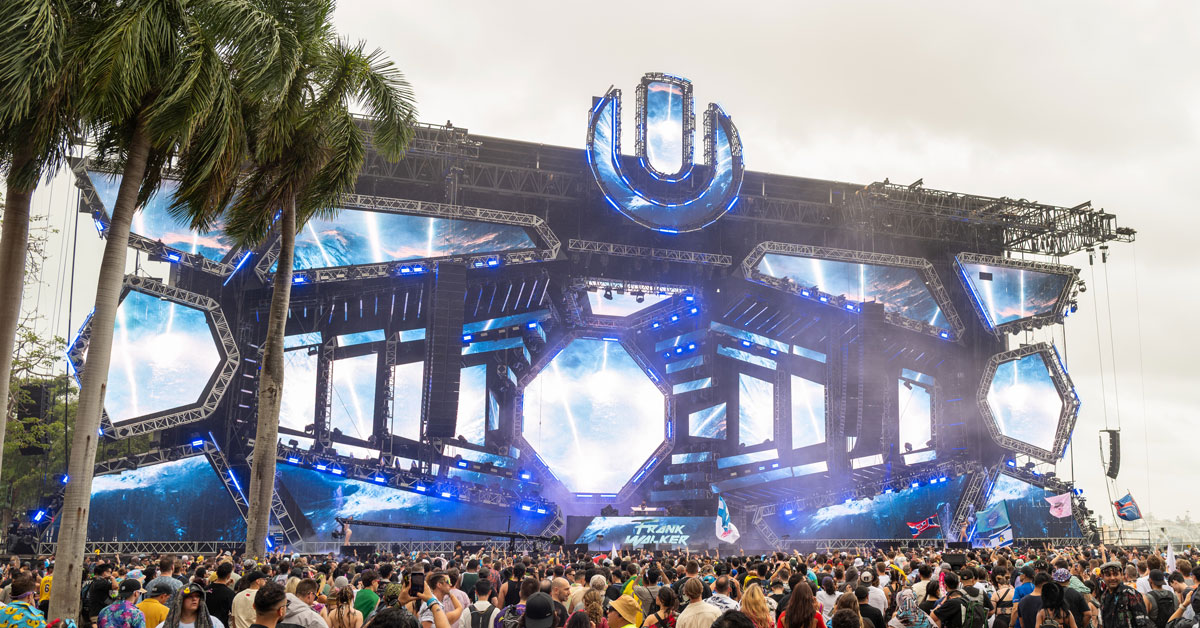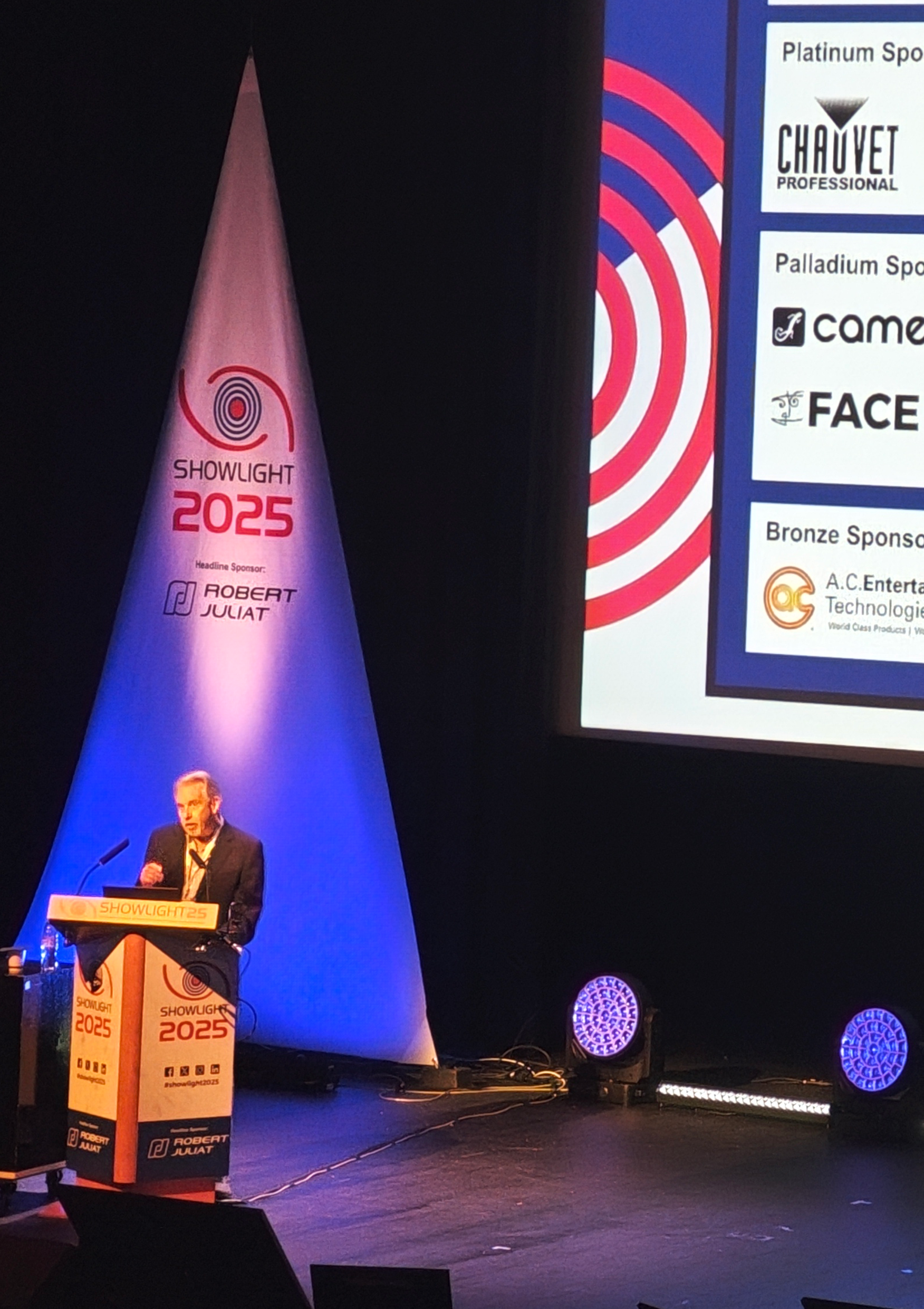SHANGHAI, China – For the Danish Pavilion at the World Expo 2010, Bjarke Ingels Group (BIG) architects, the Centre for Advanced Visualization and Interaction (CAVI) at Aarhus University in Denmark and Martin Professional are giving the unique structure an energy-efficient glow. Considered a standout among the 200+ national pavilions on display, the Danish Pavilion is a color-changing spiral-shaped structure that curls the exhibition space in a double loop, with pedestrian and cycling lanes and a central harbor bath as the main features.
More than 3,500 LED lamps have been installed in holes in the Pavilion's perforated external walls. The lamps are controlled by day lighting and temperature sensors installed in the Pavilion, which combined with custom software create an animated look in interplay with the surroundings and architecture.
"By incorporating dynamic lighting as an integrated part of our surroundings, we can vitalize the spaces around us and expand their possibilities so that in addition to being sites for profitable business they are communicative and interactive; in other words, living façades," said Leif Orkelbog-Andresen, Martin's architectural segment market manager.
There are 25 other areas of the Danish Pavilion which are all illuminated and controlled individually with lighting supplied by Martin Professional, most notably Denmark's "The Little Mermaid" sculpture, which was transported from Copenhagen and sits in the center of the Pavilion's basin.
Other areas using Martin lighting gear include a social bench, the bike ramp, the Mermaid Bar, a retail shop and storytelling boxes. Most of the structure's illumination, in fact, is from Martin fixtures.
BIG's bid for the Danish Pavilion design competition promised "pragmatic utopian" design values – a balance between the playful and practical approaches to architecture. Experimenting with space without losing sight of the building as a solution to a real-world problem, the Danish Pavilion offers an example of sustainability without sacrificing a sense of fun.
"The collaboration with Martin Professional has been unique from the very start," said Finn Nørkjær, partner in BIG. "The Danish Pavilion is not a building in the normal sense of the word. It has been necessary to think in completely new directions, especially in regards to the testing of light, because common precepts about light could not be used here.
"One of the fundamental ideas of light is that it is the individual parts of a building that are illuminated," Nørkjær added. "It is not a building that you subsequently put lights in. This means there is a very special interweaving of light and architecture. Light is integrated into all areas of our buildings – in the facade, in the ceiling, on the bench, walls and terrain. Therefore, light cannot be stripped out of the building without physically taking part of the building with it.
"This total integration can only be realized through close cooperation, great enthusiasm and vast technical knowledge," said Nørkjær. "We've gotten that from Martin 100 percent so that the Pavilion today is seen as perhaps the Expo's most beautiful with the best integrated lighting solution."
Expo 2010 is being held under the theme, "Better City, Better Life," and the theme of the Danish Pavilion is Welfairytales, focusing on the idea of a welfare state with sustainable city life with clean technologies.
The LED light sources is run from a single touchscreen lighting controller using more than 20,000 DMX channels on 41 DMX universes. The Pavilion runs in automatic mode – light settings change on their own, from daylight through dusk to evening. Actual lighting conditions influence the system in real-time via the light sensors installed around the Pavilion.
For events outside normal operating hours, test runs, fixture cleaning and other proactive maintenance, key personnel can control individual areas of the structure. The lighting system is also monitored and can be controlled from Martin's headquarter office in Denmark, with an exterior view of the pavilion provided by a camera hidden in a birdhouse in one of the trees outside the structure.
The Pavilion was created for the Danish Enterprise and Construction Authority, and one area of emphasis is on promoting the bicycle as a symbol of sustainable urban development. Visitors can take city bikes for a ride around the Pavilion at their own speed, stopping for a cup of coffee at the Mermaid Bar or jumping into the rooftop fountain.
"There are really two important things that Martin has brought to the table – creativity and professionalism," said
John Hansen, project director for the Danish Enterprise and Construction Authority, the client on the project, credited Martin for "creativity and professionalism" in term of lighting design and installation.
Held every five years, World Expos have a 150-year history as a global non-commercial exhibition of economy, technology and research. Up to 230 countries and international organizations are represented at Expo 2010 with around 70 million visitors expected during the exhibition period. The Expo will run through Oct. 31.
GEAR LIST
More than 3,500 high-power LED dots
1,350 meters of white light LED strips
20 submersible IP68 LED fixtures
Custom-built video servers
Additional equipment:
FlexDOT S1
Inground 200
Exterior 200
MaxModule Cerebrum
Ether2DMX8
smartMAC
Magnum 1800
For more information please visit www.martin.com.



